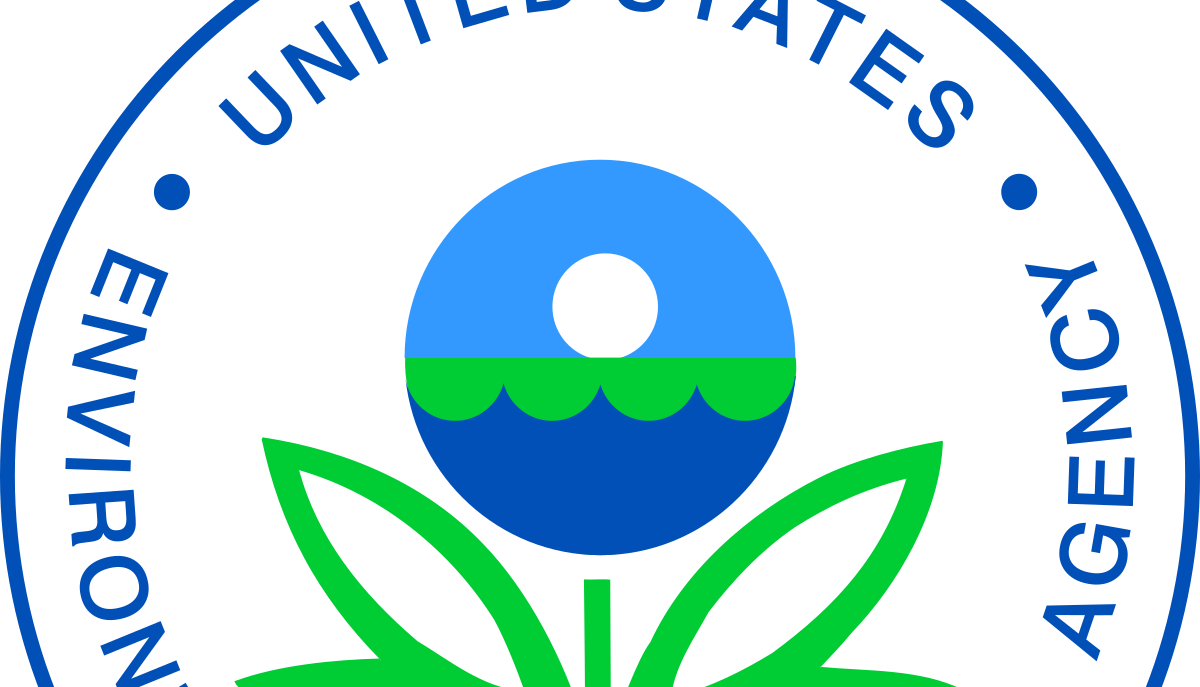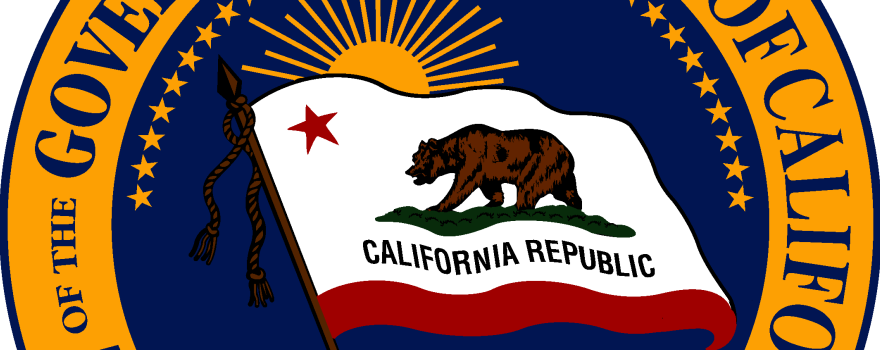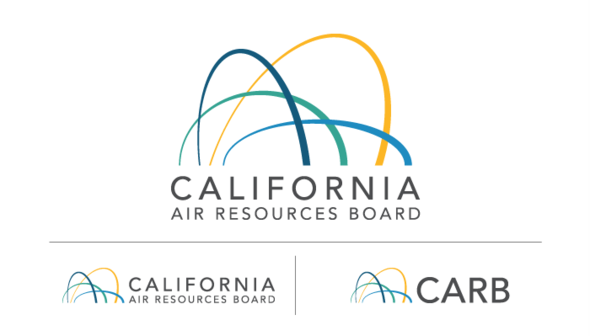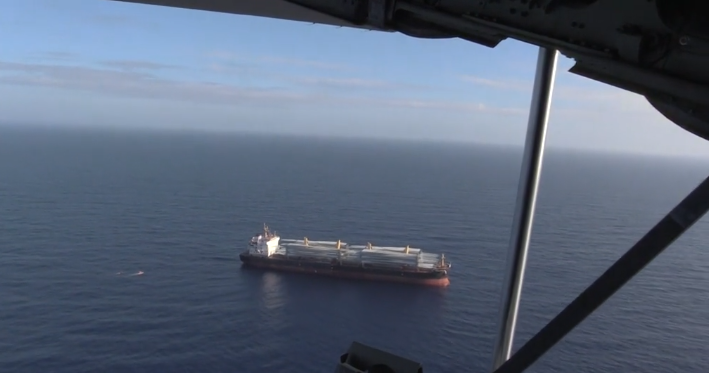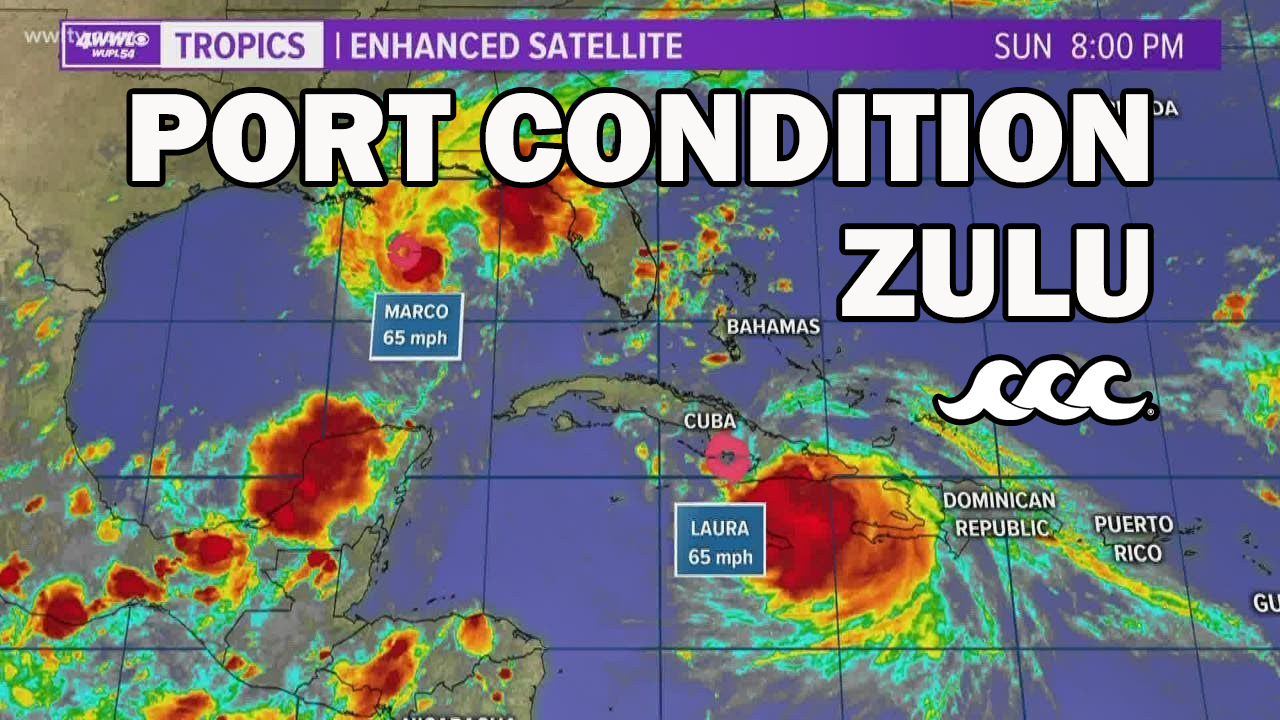Industry News and Updates:
==============================
Story 1) U.S. EPA Publishes VIDA PROPOSED RULE for Vessel Discharges Including Ballast Water - Oct 26, 2020
Story 2) California Doubles Penalties for Oil Spills - October 02, 2020
Story 3) California Tightens Testing Standards For Vessel Low Sulfur Fuel - September 21, 2020
Story 4) Coast Guard, Air National Guard conduct long-range joint rescue mission - September 02, 2020
Story 5) Mississippi River Set to Port Condition ZULU - Marco Nearing Landfall - August 24, 2020
-------------------------------------------------------------------------
1) U.S. EPA Publishes VIDA PROPOSED RULE for Vessel Discharges Including Ballast Water - October 26, 2020
On September 24, 2020, the Governor of California signed into law an amendment to California Code 8670.64 which doubles the penalty per day for certain acts relating to the spilling of oil in California waters.
QUOTE
Existing law makes it a felony to, among other things, knowingly engage in or cause the discharge or spill of oil into waters of the state, or knowingly fail to begin cleanup, abatement, or removal of spilled oil, as specified. Existing law makes this crime punishable by a fine of not less than $5,000 or more than $500,000 for each day or partial day a violation occurs. Existing law additionally makes it a felony to, among other things, fail to notify the Office of Emergency Services regarding an oil spill or to knowingly fail to follow the material provisions of an applicable oil spill contingency plan. Existing law makes this crime punishable by a fine of not less than $2,500 or more than $250,000 for each day or partial day a violation occurs for a first conviction, and by a fine of not less than $5,000 or more than $500,000 for each day or partial day a violation occurs for a 2nd conviction.
This bill would double the minimum and maximum amounts of the fines described above. The bill would authorize the court to also impose upon a person convicted of, among other things, knowingly engaging in or causing the discharge or spill of oil into waters of the state, or knowingly failing to begin cleanup, abatement, or removal of spilled oil, as specified, a fine of up to $1,000 per gallon spilled in excess of 1,000 gallons of oil.
UNQUOTE
